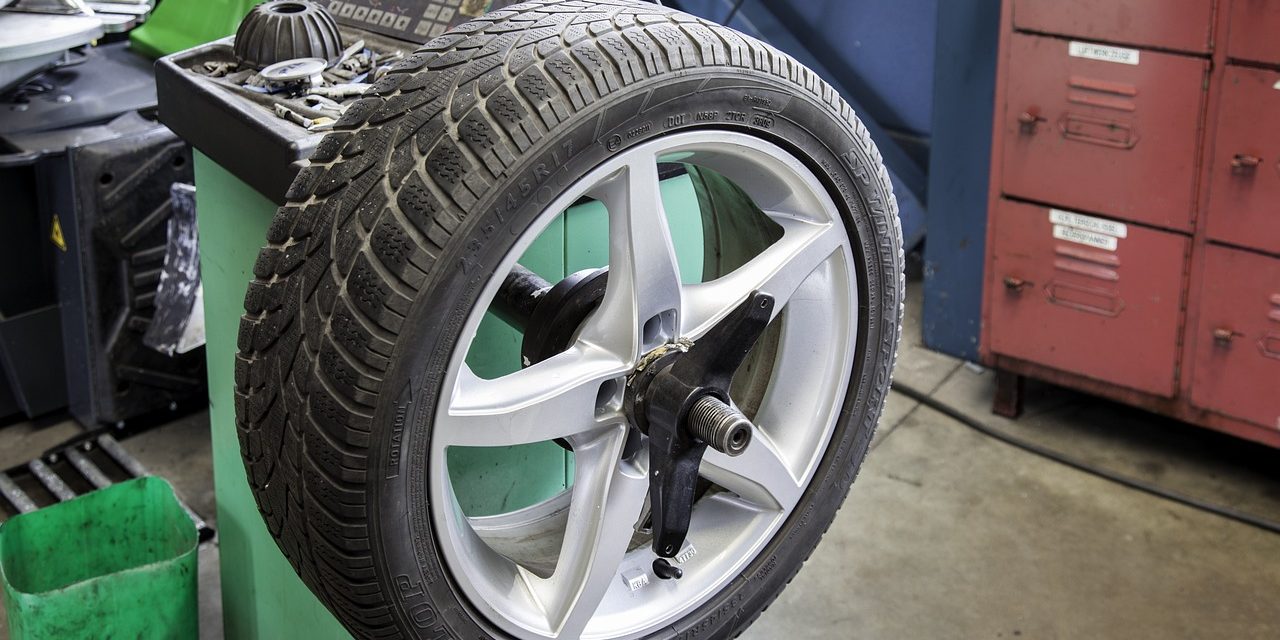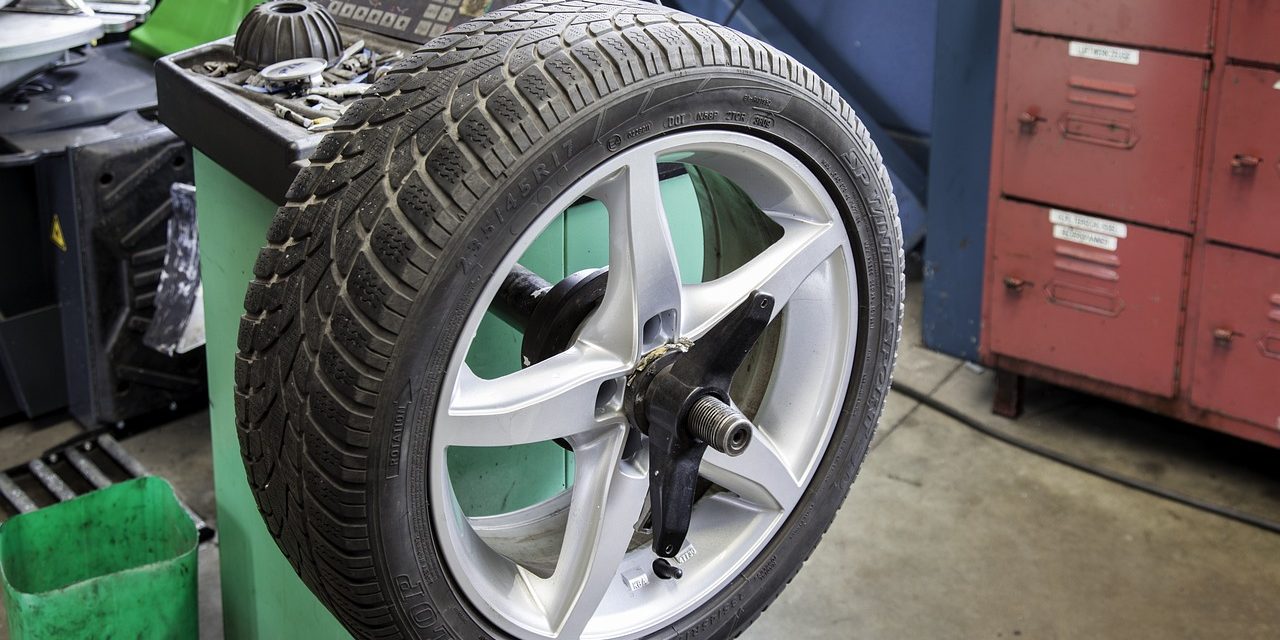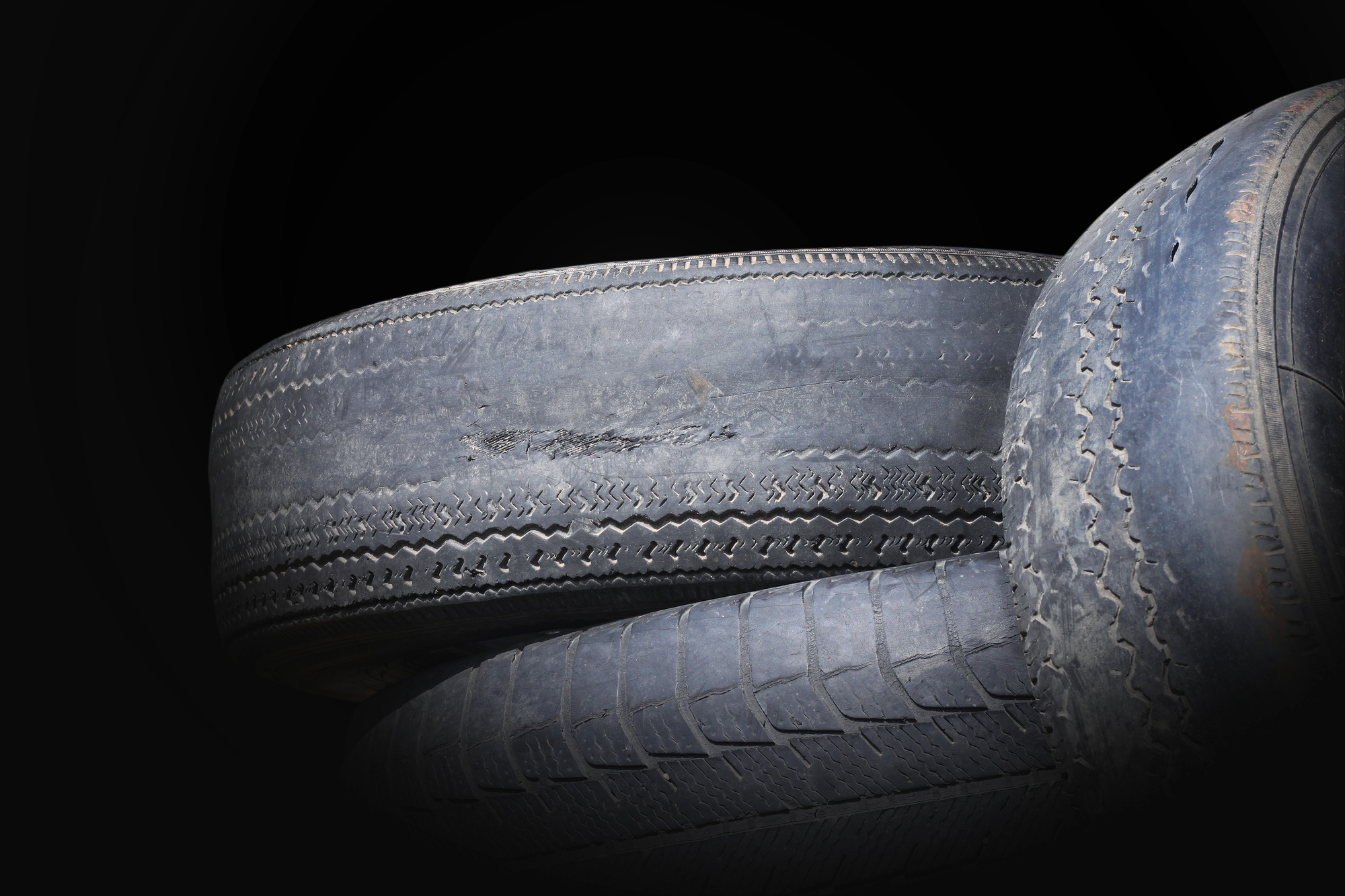The Ultimate Seasonal Guide To Tyre Maintenance


Maintaining the condition of your tyres is a critical aspect of vehicle upkeep that can greatly affect performance and safety, particularly with the changing of seasons. Seasonal variations in temperature and road conditions require specific attention to your tyres to keep your vehicle running smoothly and efficiently. Regular inspections and maintenance practices are important for ensuring tyres provide reliable performance, whether you’re dealing with the scorching heat of summer or the icy grip of winter roads.
Understanding the foundation of tyre maintenance is essential, starting with routine checks on tyre pressure, tread depth, and overall condition. As the seasons transition, so do the requirements for your tyres. The shift from hot to cold temperatures and vice versa can have a significant impact on the air pressure in your tyres, leading to a need for more frequent adjustments to maintain optimal levels. Similarly, the tread on your tyres must be suited to handle varied seasonal demands, from wet, slippery conditions to dry, abrasive roads.
Key Takeaways
- Regular tyre maintenance enhances vehicle safety and performance.
- Seasonal changes demand specific tyre care routines.
- Routine pressure checks and tread inspections are critical.
Understanding Tire Basics
Proper tire maintenance is essential for safety, performance, and longevity. This section breaks down the key elements of tires, from their components and functions to the significance of understanding tire types and interpreting their markings.
Tire Components and Functions
Tires consist of several components that work together to carry loads, absorb road shocks, transmit braking and driving forces, and maintain the direction of travel. The main parts include:
- Tread: The portion of the tire that makes contact with the road, influencing grip and water displacement.
- Sidewall: Provides lateral stability and protects the body plies.
- Belts: Strengthen the structure of the tire to hold the tread flat against the road.
- Bead: Ensures the tire remains attached to the rim.
Each component plays a crucial role in tire safety and effectiveness. Maintaining proper tire pressure is vital for the tire’s ability to perform these functions; an incorrectly inflated tire can affect load capacity, fuel efficiency, handling, and wear pattern.
Tire Types and Seasonality
There are various tire types suited for different weather conditions and driving needs:
- Summer tires: Designed for warm weather, providing optimal road traction and performance.
- Winter tires: Have special tread designs and rubber compounds that maintain flexibility in cold temperatures for improved snow and ice grip.
- All-season tires: Aim to provide a balance between summer and winter tire characteristics for year-round usage in mild climatic conditions.
Switching tires according to the season can extend tread life and contribute to better handling and safety in specific weather conditions.
Interpreting Tire Markings
The sidewall of a tire is marked with codes that convey the tire’s specifications and capacities. For example:
| Marking | Description |
|---|---|
| P215/65R15 95H | Tire type, width, aspect ratio, construction, rim diameter, load index, speed rating |
- Load Index: Indicates the maximum load the tire can carry at full inflation.
- Speed Rating: Represents the maximum speed capability of the tire under specific service conditions.
Understanding these markings allows drivers to select appropriate tires for their vehicle and driving habits, contributing to safety and vehicle performance.
Seasonal Tire Maintenance Procedures
Effective tire maintenance is critical for vehicle safety and performance, particularly when adapting to seasonal changes that affect driving conditions. Proper procedures help maintain tire traction, prolong tire life, and ensure safe handling.
Inspecting and Adjusting Tire Pressure
Regular tire pressure checks are essential, as temperature fluctuations can lead to under-inflation or over-inflation. Tires should be inspected monthly, and the pressure adjusted to the manufacturer’s recommended levels. Under-inflated tires can cause poor fuel economy and handling, while over-inflated tires may result in decreased traction and uneven wear.
- Optimal Tire Pressure: Check the owner’s manual or a sticker on the driver’s side doorframe for the correct pressure.
- Temperature Impact: For every 10 degrees change in temperature, tires can lose or gain 1 psi.
Assessing Tread Wear and Depth
Tire treads are vital for water displacement and maintaining traction. Inspect treads for uneven wear and use a tread depth gauge to measure depth. The presence of tread wear bars—flat rubber bars running perpendicular to the tread pattern—indicates the need for replacement.
- Minimum Legal Tread Depth: 1/16th of an inch (1.6 millimeters).
- Tread Wear Indicators: Raised sections spaced at intervals around the tire’s circumference.
The Importance of Tire Rotation
Tire rotation helps achieve even tread wear, improving road grip and extending tire life. Rotate tires according to the pattern recommended by the vehicle’s manufacturer, which is typically every 5,000 to 8,000 miles.
- Rotation Patterns: Varies by vehicle (front-wheel, rear-wheel, all-wheel, or four-wheel drive).
- Even Wear: Promotes consistent handling and traction across all tires.
Wheel Alignment Checks
Proper wheel alignment ensures tires meet the road at the correct angle, improving handling and preventing premature wear. Alignment should be checked at least annually or following any indication of irregular tire wear.
- Signs of Misalignment: Uneven tread wear, steering wheel off-center, or vehicle pulling to one side.
- Alignment Benefits: Better fuel efficiency and reduced tire wear.
Handling and Preventing Tire Issues
Regular tire inspections are critical to identifying issues early, and proper storage of tires can extend their lifespan significantly. Addressing problems promptly and correctly can prevent minor issues from escalating.
Addressing Flat Tires
When a tire deflates, it’s vital to remove and inspect it for punctures, cuts, or sidewall damage. Drivers should carry a spare tire, jack, and lug wrench in their vehicle to resolve flat tires on the road. For safety, one should replace a flat tire with the spare and seek professional repair or replacement as soon as possible.
Dealing with Tire Damage and Leaks
Inspect tires regularly for signs of damage such as deep cuts, bulges, or punctures that can cause leaks. When damage is detected:
- Punctures smaller than 1/4 inch in the tread may be repaired using industry-approved methods.
- Sidewall damage often requires tire replacement to prevent blowouts.
- Slow leaks can sometimes be resolved by re-sealing the tire on the rim.
Maximizing Tire Life through Proper Storage
To maximize tire life during storage:
- Store tires in a cool, dry place away from direct sunlight, ozone sources, and fluctuating temperatures.
- Tires should be cleaned and dry before storage to prevent deterioration.
- Place tires in airtight bags to reduce oxidation and place them horizontally or on racks to avoid deformation.
Safety and Efficiency Considerations
The right tire choices and maintenance practices are essential for safety on the road and can impact vehicle fuel efficiency significantly.
Tire Selection for Optimum Performance
Selecting the right tires for a vehicle can have a profound effect on its overall performance. Tires designed for specific weather conditions, such as winter tires, provide improved traction in snow and ice, enhancing the safety and handling of the vehicle. For optimal performance, a driver should match the tire type to the season and their driving environment.
- Winter Tires: Designed with unique rubber compounds to remain flexible in cold temperatures, providing better grip and stopping power.
- Performance Tires: Aimed at warmer climates, they offer better handling and agility for driving.
Effects of Tires on Fuel Efficiency
Tires affect a vehicle’s fuel consumption by influencing rolling resistance—the force that a car must overcome to move forward. Lower rolling resistance translates to better fuel efficiency, as the engine doesn’t have to work as hard. Properly inflated tires and the use of nitrogen to maintain consistent pressure can lead to more consistent fuel economy.
- Correct Inflation: Keeps the tire at the optimal shape, reducing the energy needed to turn the wheel.
- Nitrogen: A popular choice for tire inflation, it’s less likely to seep through tire walls than oxygen, maintaining pressure for longer periods and thus, benefitting fuel efficiency.
Advanced Tire Maintenance Tips
When seeking to maximize tire longevity and performance, acknowledging advancements in tire technology and the benefits of utilizing nitrogen in tire inflation can be key.
Innovations in Tire Technology
Advancements in tire composition and design provide vehicles, especially those with all-wheel-drive systems, with increased traction and durability. For example, tire manufacturers like Michelin have developed tread patterns and rubber compounds that resist wear even under strenuous driving conditions. To complement these enhancements, drivers should heed the vehicle manufacturer’s guidelines, including adherence to recommended tire rotation schedules, which can differ based on the drive system. A well-executed rotation strategy prolongs tire life and promotes even tread wear, with common intervals ranging from 5,000 to 7,000 miles. Furthermore, ensuring that tires are balanced correctly enhances the efficacy of these technological innovations. Regularly consulting a tire pressure gauge helps maintain the correct pressures, as indicated on the placard typically located in the door jamb or owner’s manual.
Understanding the Role of Nitrogen
The use of nitrogen in tire inflation has gained attention for its ability to maintain tire pressures more consistently than compressed air. Nitrogen molecules are larger than oxygen molecules, which results in slower diffusion through the tire’s rubber, leading to more stable pressure levels over an extended period. For drivers, this translates to potential improvements in fuel efficiency and tire lifespan. Additionally, nitrogen can reduce the potential for corrosion on wheels, as it is less likely to carry moisture than regular compressed air. It’s pertinent for drivers to use a precise tire pressure gauge when checking nitrogen-filled tires to maintain the manufacturer’s recommended pressure levels and to ensure the spare tire, if present, is also inspected and properly inflated.










